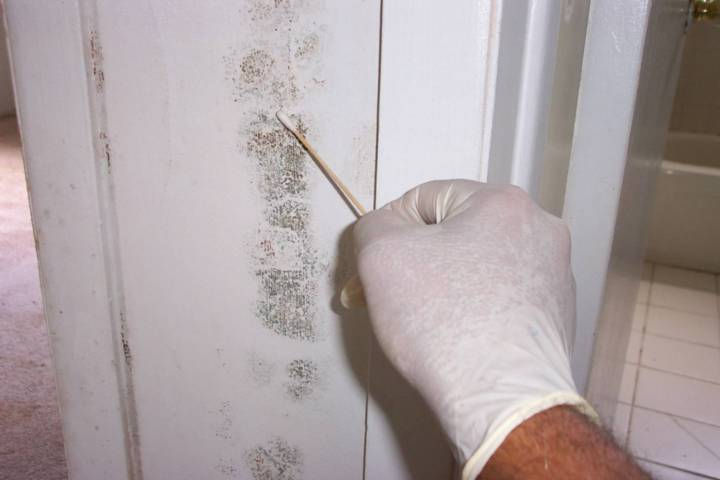Mold Testing: How can dampness and mold impact health?
- rolando hernandez
- Jul 21, 2022
- 1 min read
Updated: May 1, 2023
Mold exists everywhere; there are no indoor spaces without mold. However, without sufficient moisture, mold cannot grow If mold is growing, too much moisture is present.
Dampness may appear in visible moisture, like leaks or high humidity. Dampness in homes or buildings creates the environment for mold spores to grow. Water can cause harm even when mold is not present. Excessive moisture also promotes the growth of dust mites, cockroaches, bacteria, and viruses, which can impact health. Mold Testing, Mold assessment
Mold exposure can trigger allergic reactions and asthma symptoms in people allergic to mold. However, even without decay, dampness indoors causes asthma attacks and other upper and lower respiratory problems. Anyone—with or without allergies—may experience irritation of the eyes, skin, nose, throat, and lungs when exposed to airborne mold particles.
Dampness and mold have been linked to:
Worsening of asthma
Coughing
Wheezing
Nasal congestion
Sore throat
Sneezing
Rhinitis.
An uncommon disease known as hypersensitivity pneumonitis has been associated with exposure to indoor mold in people who have weakened immune systems. This disease creates flu-like symptoms that may recur.
This article was copied from the American Lung Association website.











Comments